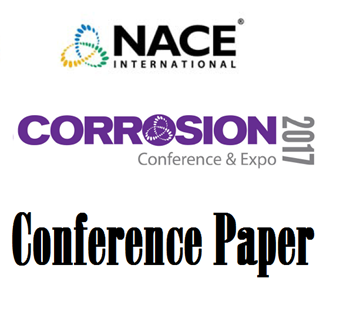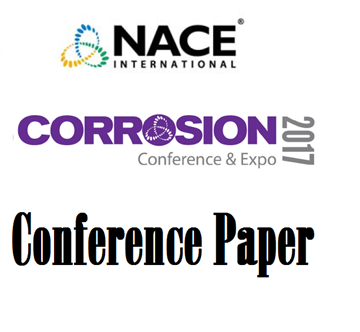Search
Individual Conference Papers
View as
Sort by
Display
per page
Ultra High Pressure Waterjetting as a Means of Surface Preperation for Marine Coatings Systems
Product Number:
41206-218-SG
Publication Date:
2006
$20.00
Ultra Low VOC High Performance Waterborne Coatings
Product Number:
41206-276-SG
Publication Date:
2006
$20.00
Ultra Tolerant Coating Technology: The 15 Years Path From Maintenance to New Construction
Product Number:
51317--9235-SG
ISBN:
9235 2017 CP
Publication Date:
2017
$20.00
Ultra-Low VOC Waterborne Alkyd Coatings with Exceptional Corrosion Resistance
Product Number:
51216-018-SG
Publication Date:
2016
$20.00
Ultrasonic Chemical Cleaning: Development Of Chemical Blends For Industrial Applications
Product Number:
51321-16747-SG
Publication Date:
2021
$20.00
Ultrasonic Guided Waves and Machine Learning for Corrosion Monitoring in Steel Pipes
Product Number:
51323-19289-SG
Publication Date:
2023
$20.00
Ultra-violet Curable Coatings from Highly-Functional Acrylated Biobased Resin
Product Number:
41212-697-SG
Publication Date:
2012
$20.00
Uncertainty in Service Life Estimation and Need for a Probabilistic Approach
Product Number:
51317--9211-SG
ISBN:
9211 2017 CP
Publication Date:
2017
$20.00
Under Deposit Corrosion of API X-65 Carbon Steel in the Presence of Acid Gases
Product Number:
51319-13044-SG
Publication Date:
2019
$20.00
Underdeposit Corr. of Fractionator OVHD Exchangers in Crude Distillation Unit and Remedial Measures
Product Number:
51313-02225-SG
ISBN:
02225 2013 CP
Publication Date:
2013
$20.00
Under-Deposit Corrosion in a Sub-Sea Water Injection Pipeline—A Case Study
Product Number:
51317--8973-SG
ISBN:
8973 2017 CP
Publication Date:
2017
$20.00
Underground AC Power Transmission Line Feasibility Study
Product Number:
51319-13034-SG
Publication Date:
2019
$20.00












